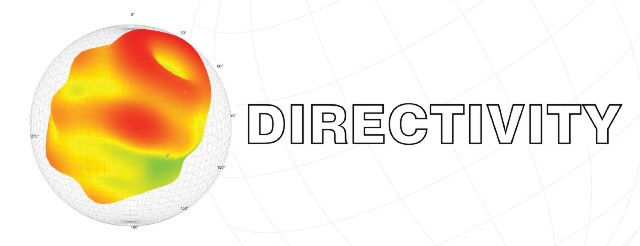Document Type
Musical Instrument Directivity
Publication Date
9-14-2023
Abstract
The directivity function of a played musical instrument describes the angular dependence of its acoustic radiation and diffraction about the instrument, musician, and musician’s chair. Directivity influences sound in rehearsal, performance, and recording environments and signals in audio systems. Because high-resolution, spherically comprehensive measurements of played musical instruments have been unavailable in the past, the authors have undertaken research to produce and share such data for studies of musical instruments, simulations of acoustical environments, optimizations of microphone placements, and other applications. The authors acquired the data from repeated chromatic scales produced by a trumpet played at mezzo-forte in an anechoic chamber. The musician sat on a fixed chair with the instrument in a regular position. The chair height and horizontal displacement ensured that the geometric center of the instrument’s radiating region fell at the circular center of a rotating 1.17 m-radius semi-circular array of 36 microphones positioned at Δ𝜃 = 5° polar-angle increments, with the exception of the nadir. The musician faced toward ϕ = 0° in the azimuthal angle. Azimuthal rotations progressed in Δϕ = 5° increments, such that the measurements involved 2,521 unique positions over a sphere. An additional measurement at one position within the fixed reference frame facilitated post-processing. Several steps mitigated the effects of repeated scale variations, including a head restraint, a laser-based instrument alignment and calculations of transfer functions, effective coherent output spectra, and other quantities. The results are available under Additional Files and may receive periodic updates.
Recommended Citation
Samuel D. Bellows, Joseph E. Avila, and Timothy W. Leishman, "Trumpet Directivity From a Rotating Semicircular Array," ScholarsArchive, 2023.
Included in
Acoustics, Dynamics, and Controls Commons, Audio Arts and Acoustics Commons, Engineering Physics Commons, Other Architecture Commons, Other Music Commons, Other Physics Commons, Signal Processing Commons, Speech and Hearing Science Commons

